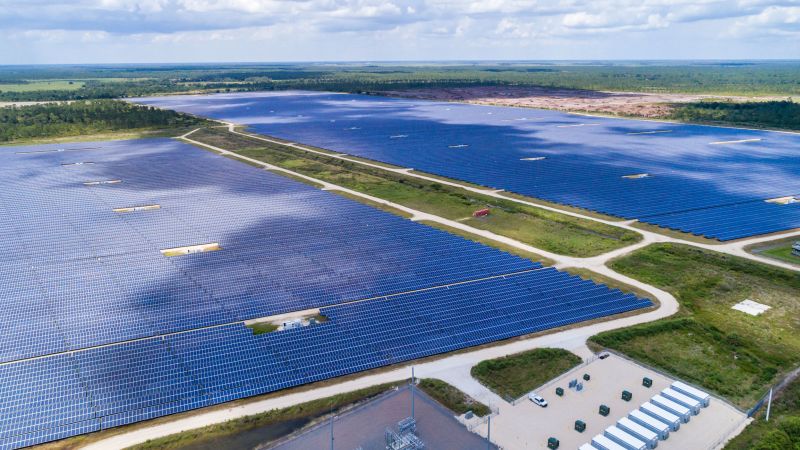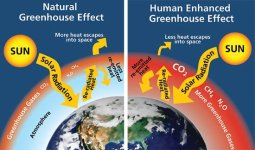Increasingly, the term resiliency is being researched and discussed in order to protect infrastructure from the increasing intensity of storm activityAnd extreme weather events.. This story is interesting because it’s from a community approximately 12 miles from Fort Myers Florida. While it is likely that solutions to reliable electricity will be multipronged, this was an early and interesting test for a community that has invested heavily in sustainable energy solutions. It is likely not perfect, but may point us toward a future where we have multiple systems and lots of back up plans so that we do not remain stuck in the dark when severe weather strikes. Ideas like this could also prove useful as the infrastructure for the electric power grid will require expansion as we shift to more electricity usage and towards a world with less combustion at the end point of energy use.

 www.cnn.com
www.cnn.com

This 100% solar community endured Hurricane Ian with no loss of power and minimal damage | CNN
Climate resiliency was built into the fabric of Babcock Ranch with stronger storms in mind, and Hurricane Ian was a major test.


